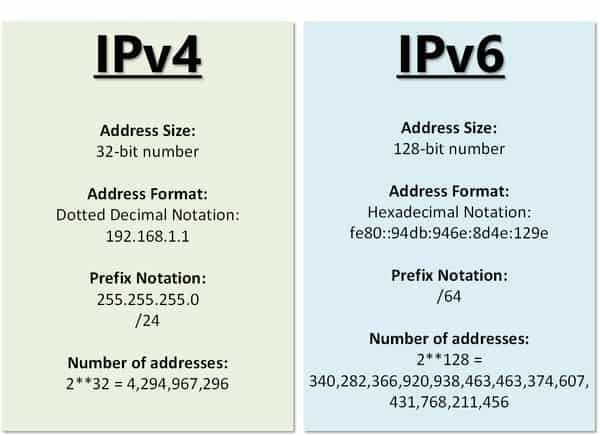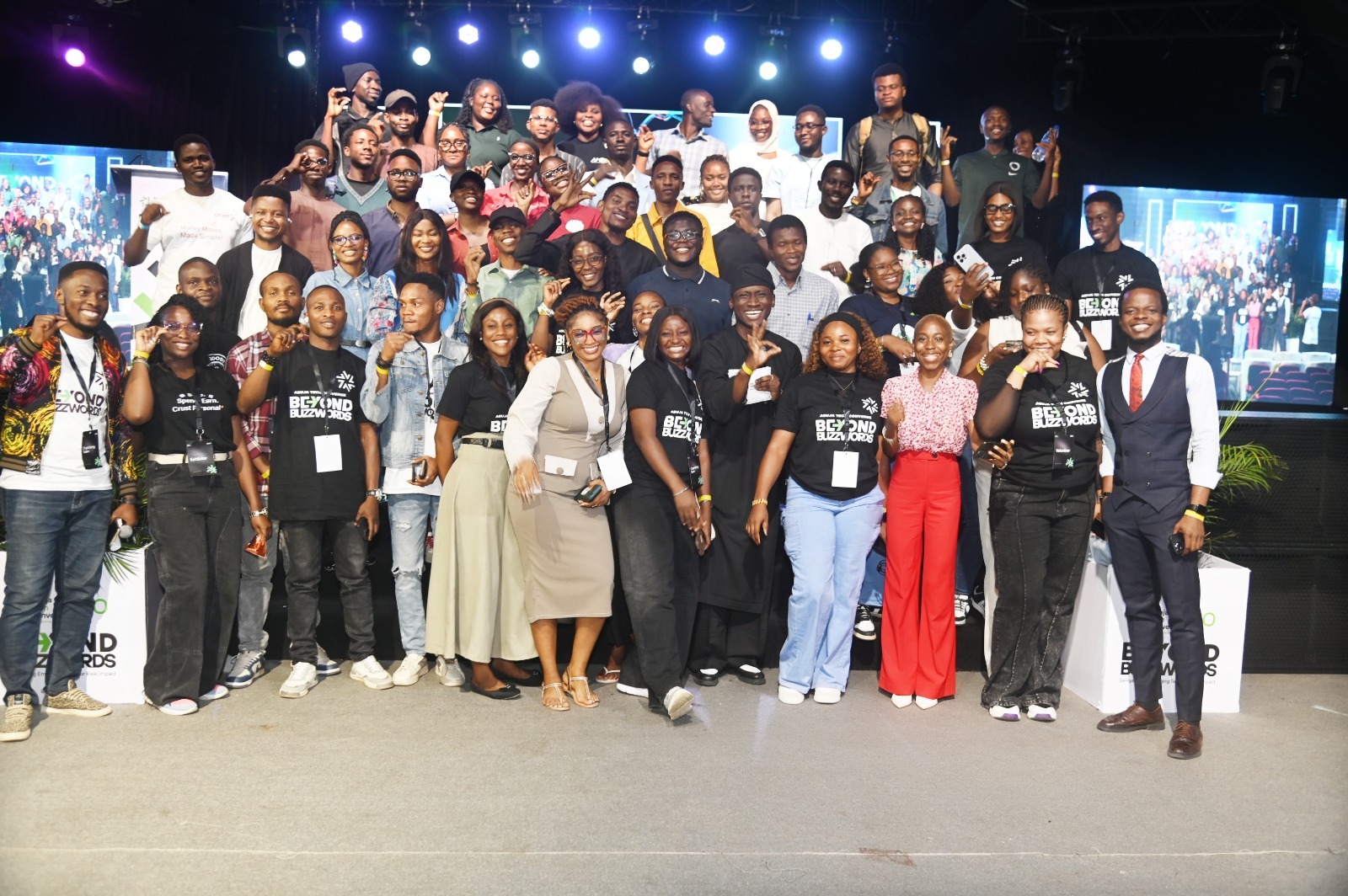The adoption of IPv6 has shown steady progress globally, but the distribution is far from uniform. While some regions and countries have made significant strides, developing countries are left behind.
According to recent data from sources including Google, APNIC, and the Internet Society, the global IPv6 adoption rate is currently around 45 per cent of all Internet users accessing content over IPv6. This figure has been steadily increasing, with a significant jump from under five per cent a decade ago.
IPv6 is the newest version of the Internet Protocol, which is the foundational system for identifying devices and routing traffic on the Internet. It was created to solve the limitations of IPv4, the previous version, primarily the problem of address exhaustion.
For emphasis, IPv4 uses 32-bit addresses, which allows for about 4.3 billion unique addresses. With the massive growth of Internet-connected devices, including smartphones, smart home appliances, and the Internet of Things (IoT), this number is no longer sufficient. IPv6, on the other hand, uses a 128-bit address space, providing an almost unimaginable number of unique addresses (approximately 340 undecillion). This ensures that the Internet can continue to expand and accommodate billions of new devices for the foreseeable future.
IPv6 was designed with security in mind. It has built-in support for IPsec (Internet Protocol Security), which provides end-to-end encryption and authentication. While IPsec can be used with IPv4, it’s an optional add-on; in IPv6, it’s an integrated part of the protocol, making data transmission more secure by default.
Checks by The Guardian showed that Nigeria and indeed Africa are lagging behind the rest of the world in the adoption of IPv6, with a current adoption rate significantly lower than the global average.
Analysts submitted that the transition from IPv4 to IPv6 is critical for the continent’s digital growth, as the scarcity of IPv4 addresses is a major barrier to connecting new users and devices.
According to data from APNIC Labs, the IPv6 adoption rate in Africa is low across all sub-regions. For instance, Middle Africa has the highest rate at 6.52 per cent, West Africa follows at 6.08 per cent; North Africa, 4.82 per cent; East Africa, 3.92 per cent and Southern Africa has the lowest rate at 2.61 per cent.
In comparison, global IPv6 adoption is nearing 40 per cent, with regions like Southern Asia and Western Europe well above 60 per cent. This stark contrast highlighted the significant gap.
Within Africa, countries like the Republic of Congo and Gabon have notably higher adoption rates than their regional averages, but they are exceptions rather than the norm.
The slow uptake of IPv6 in Africa is due to several technical, economic, and educational challenges.For instance, many African network operators and enterprises use legacy IPv4-only hardware and software. Upgrading this infrastructure to support IPv6 is a significant capital expenditure, which is often a major deterrent.
Analysts said there is a shortage of network engineers and IT professionals with the necessary skills and expertise to deploy and manage IPv6 networks. This lack of trained personnel complicates the transition process.
They also flagged a lack of government and regulatory mandates. According to them, unlike countries like India and China, which have implemented national policies to accelerate IPv6 deployment, most African nations lack clear government-led mandates or incentives. This absence of a strong push from regulatory bodies, such as the NCC in Nigeria, contributes to the slow pace.
There is still the issue of IPv4 availability and pricing. According to the regional Internet registry for Africa, AFRINIC, still has some IPv4 addresses to distribute, which has historically reduced the urgency for a full-scale migration.
While other regions have exhausted their IPv4 address pools, Africa’s slower-than-average Internet growth has delayed the address crisis, making the immediate need for IPv6 seem less pressing to some stakeholders.
Despite the challenges, key organisations are actively working to accelerate IPv6 adoption on the continent.For instance, AFRINIC is at the forefront of this effort. It provides IPv6 address space and offers various training programs, workshops, and “Deployathons” to equip network operators and engineers with the skills needed to transition their networks.
Checks showed that some ISPs and mobile network operators (MNOs) are starting to recognise the long-term benefits of IPv6. They are beginning to invest in their networks to support both IPv4 and IPv6 (dual-stacking), particularly as they look to roll out new services like 5G and IoT, which require a vast number of unique IP addresses.
Reports noted that a few countries, such as Nigeria and Kenya, have formed national IPv6 councils or task forces to develop roadmaps and strategies for deployment. These initiatives aim to coordinate efforts between government, academia, and the private sector to promote and facilitate the transition.
Accordingly, major companies like Google, Facebook, and Akamai have been instrumental in driving adoption. By enabling IPv6 on their platforms, they create a strong incentive for ISPs to do the same, as it improves the user experience and reduces the need for costly IPv4 address-sharing technologies.






